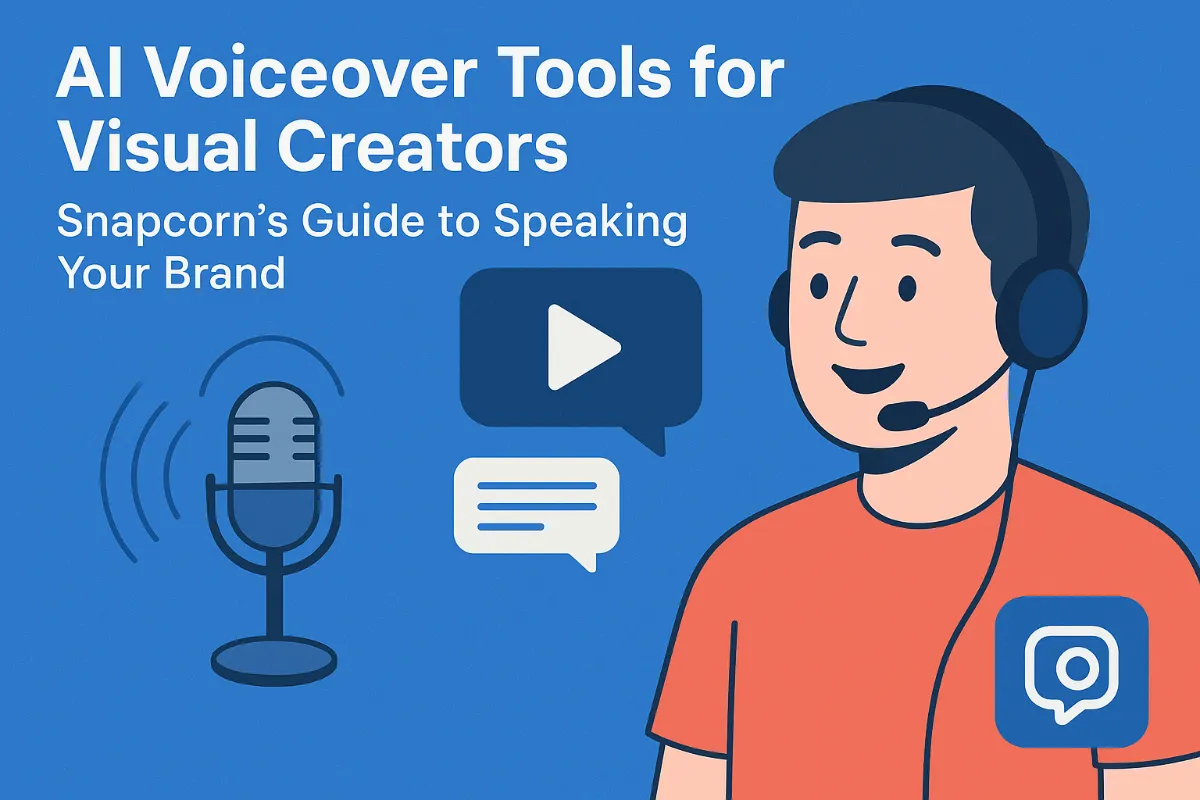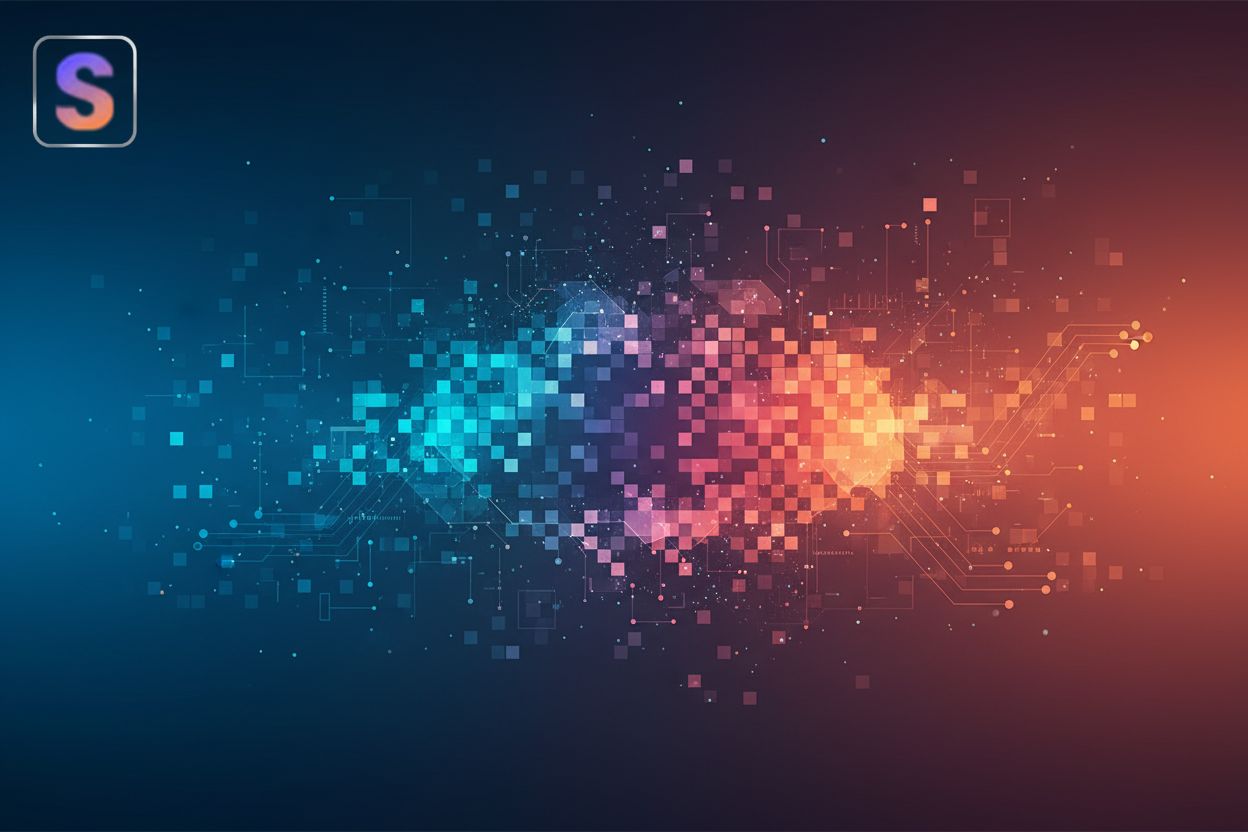Attention Mechanisms in Image Restoration
TL;DR
Introduction to
Alright, let's dive into how attention mechanisms are changing the game for image restoration. Ever wonder how some photos can be brought back from the brink, looking almost brand new? It's pretty wild, right?
Traditional image restoration techniques? Well, they're just not always cutting it. (Attention Mechanisms in Image Restoration - Snapcorn) Think about it:
- They often struggle with complex noise patterns. Like, when you've got noise that isn't just random speckles, but something more structured or persistent.
- Blur is another big hurdle. Especially when it's not uniform, like motion blur that varies across the image.
- And let's not forget artifacts – those weird visual glitches that pop up after you've run an image through a restoration process.
That's where attention mechanisms come in! They helps the ai to focus on the important parts by assigning weights to different features or pixels, essentially deciding what's relevant.
So, what are attention mechanisms anyway? They're basically a way for deep learning models to mimic how our brains process visual info.
- In deep learning, attention lets the model prioritize certain parts of the input data. It's like giving some pixels a bigger spotlight than others, by calculating attention scores that determine how much influence each part has on the output.
- It's kinda how our eyes work; we don't focus on everything at once, we zoom in on what matters.
- This is super useful for image restoration because it lets the model concentrate on the areas that need the most help – the blurry bits, the noisy patches, etc.
Why should photographers even care about this tech? Because it's gonna change how they work in a bunch of ways:
- Old photo restoration becomes way easier. Imagine breathing new life into those faded family pics with minimal effort.
- e-commerce product photography is getting a boost. Attention mechanisms can enhance details, making products pop.
- And for the creative folks? ai photo editing opens up a whole new world of possibilities.
As this arxiv paper suggests, attention mechanisms are showing serious potential in image restoration tasks.
Now, let's move on and talk about how attention mechanisms actually work "under the hood".
Core Concepts: How Attention Works in Image Restoration
Okay, so how does all this attention stuff really work when it comes to fixing up images? It's not magic, but it almost feels like it sometimes, right?
Basically, attention mechanisms are designed to figure out which parts of an image are most important for restoration. It's all about focusing the model's "brainpower" where it's needed most. Here's the gist:
- Self-Attention: This is where the model looks at all the pixels in an image and figures out how they relate to each other. It's like saying, "Hey, pixel A, how much do you depend on pixel B, C, and D?"
- By capturing these long-range pixel dependencies, self-attention can handle complex image degradation a lot better. Think about removing weird patterns or fixing unevenly blurred images, that sort of thing.
- Channel Attention: Now, instead of pixels, this focuses on the different feature maps that the model creates as it processes the image. These feature maps can represent various aspects like edges, textures, or even color information.
- It's about figuring out which of these maps contains the most important info for restoration. This helps the model weigh the significance of different feature representations.
- Spatial Attention: This is about figuring out which regions of the image are most crucial.
- Instead of treating every part of the image equally, it adapts to the spatial context. This is great for handling images with complex structural info. plus, it's often better than just applying global operations across the whole image.
These different types of attention can even be combined for even better results. It's like having a team of experts, each focusing on a different aspect of the image, and then working together to restore it.
Think about restoring old family photos. self-attention can figure out how the different parts of a face relate to each other, even if the image is faded or damaged. Or, in medical imaging, spatial attention can help highlight the important regions in an x-ray or mri scan.
As mentioned earlier, researchers are actively exploring how attention mechanisms can be used in various image restoration tasks. and, as this arxiv paper showed, it's clear that attention mechanisms have some serious potential.
Now, let's get into Self-Attention and see how focusing on internal relationships can really help!
Popular Attention-Based Architectures for Image Restoration
Alright, let's get into some of the architectures that are making waves in image restoration. It's kinda like seeing the blueprints behind a magic trick, ya know?
So, what's the deal with Restormer? Well, it's all about using transformers super efficiently, especially when you're dealing with high-res images. Normal transformers can be a bit of a hog when it comes to computing power, right?
- Restormer tackles this with something called transposed attention. Instead of looking at all the pixels in the image at once (which takes a ton of memory), it looks at smaller chunks and then kinda...transposes them. It's like rearranging the puzzle pieces to make it easier to solve.
- This is a big deal because it means you can actually use transformers on really detailed images without your computer melting down. Think about medical imaging, where you need every single pixel to be perfect; Restormer can handle that. For example, it's great for denoising high-resolution medical scans where subtle details are critical.
- Basically, it lets you capture those crucial long-range dependencies in an image without needing a supercomputer. Pretty neat, huh?
Next up is the Second-Order Attention Network or san as some folks call it. This one's all about really digging into the stats of the image features.
- SAN uses something called second-order channel attention. Basically, it looks at how the different channels in the image are related to each other, not just at the channels themselves. It's like understanding the relationships between the instruments in an orchestra, not just listening to each instrument separately.
- It also uses non-locally enhanced residual groups (nlrg). These groups help the model capture info from all over the image, even parts that are far apart.
- All this helps with learning feature correlations. So, if you've got an image with a lot of repeating patterns or textures, SAN can really shine. It's particularly good at deblurring images with complex, repeating textures, like fabric or foliage.
Last but not least, there's the Multi-Stage Progressive Image Restoration or MPRNet -- try saying that five times fast! This one's about taking things slow and steady.
- MPRNet does progressive restoration. It doesn't try to fix everything at once; instead, it breaks the restoration down into smaller steps.
- This helps preserve spatial details. It's like carefully restoring an old painting layer by layer, instead of just slapping on a new coat of paint.
- This multi-stage approach really separates the recovery process into manageable chunks, which is why it's so good for complex image restoration tasks. It excels at tasks like super-resolution, where gradually increasing detail is key to avoiding artifacts.
So, that's a quick tour of some popular attention-based architectures. Now, let's move on to how you can actually use this stuff.
Practical Applications for Photographers
Okay, let's talk about how photographers can actually use attention mechanisms. It's not just theory, this stuff can seriously improve your workflow, ya know?
- Old Photo Restoration: Breathing New Life into Memories
- Product Photography Enhancement: Making Your Products Shine
- Creative ai Photo Editing: Exploring New Artistic Possibilities
- Snapcorn: Transform Your Images with Powerful AI Tools
Think about those faded family photos gathering dust in a shoebox. Attention mechanisms can work wonders!
- ai can now reduce artifacts and enhance details in old photos, making them look almost new. Spatial attention can help focus on damaged areas, while self-attention can reconstruct missing patterns.
- Imagine taking a blurry, scratched photo from the early 1900s and making it clear enough to see every face.
- It's not just about making them look better, its about preserving history.
E-commerce is all about visuals, and attention mechanisms can give your product photos a serious edge.
- Attention-based tools can remove backgrounds seamlessly, putting the focus squarely on the product. Channel attention can help differentiate product features from the background.
- Details can be enhanced to show off textures, materials, and intricate designs.
- High-quality product photos lead to higher conversion rates and more sales.
ai photo editing tools are getting smarter, and attention mechanisms are a big reason why.
- Stylistic transformations are now easier than ever. Want to make a photo look like a painting? ai can do it.
- Unique photo edits and effects can be generated with minimal effort, opening up a world of creative possibilities.
- Photographers can experiment with new styles and push the boundaries of their art.
Snapcorn is a great example of how ai is changing the photography game.
- Snapcorn's ai-powered Background Remover lets you create clean, professional-looking product photos in seconds.
- The Image Upscaler enhances image resolution, perfect for detailed prints or online displays.
- And if you have old photos, Snapcorn's Image Restoration tool can fix scratches and fading.
- Plus, the Image Colorizer can even add vibrancy to black and white photos, creating stunning visuals.
So, that's how attention mechanisms are being used in photography right now, pretty cool huh? Next up, we'll be diving into how you can integrate these tools into your day-to-day work.
Workflow Optimization and Tools
So, you're trying to make your image restoration workflow smoother, huh? It's all about finding the right tools and getting them to play nice together.
First thing's first, you gotta pick the right image restoration software. It's not just about features, but how easy it is to use, and of course, the price.
- Features are key. Does it have the attention mechanisms you need, like self-attention or channel attention? These specific types help by allowing the software to intelligently focus on the most important parts of the image, leading to better detail reconstruction and noise reduction. Can it handle batch processing if you got tons of images?
- Ease of use matters a lot. ain't nobody got time for complicated interfaces. Look for something intuitive that fits your style.
- Cost is always a factor. Some software are expensive, but there's also some good— free or cheaper—options out there.
Balancing cost with features is a real thing. You might have to sacrifice some bells and whistles to save some cash, or splurge for the fancy stuff to get the job done right.
Okay, so you got your software. Now what? How do you get these attention mechanisms into your workflow?
- Start with understanding the basics. Know what each tool does and how it works.
- Experiment with different settings. It takes some trial and error to find what works best for different images.
- Use batch processing when you can. It saves a lot of time if you have many images to fix.
Optimizing settings is key, especially if you're working with portraits versus product photos. Different image types gonna need different settings, ya know?
Now, let's look at some real-world examples of how this all comes together.
Case Studies and Examples
Attention mechanisms are pretty cool, huh? So, let's check out some ways attention mechanisms are being used to fix images.
- Restoring old wedding photos: Imagine taking a badly damaged old wedding photo and bringing it back to life. Using self-attention to reconstruct facial features and spatial attention to focus on faded areas would be key. The process would involve some preprocessing, using attention-based restoration techniques, and then some post-processing to really make it shine.
- Enhancing product shots: Think about how e-commerce stores need their product images to pop. Attention mechanisms, particularly channel attention, can really sharpen details and remove noise, making those products look super appealing. This can seriously boost sales and keep customers engaged.
- Creative ai Art: Artists are using attention mechanisms to create some wild stuff. Imagine generating a stylized portrait with enhanced details, perhaps using self-attention to maintain structural integrity while applying artistic filters. Pushing the boundaries of what's possible.
So, that's some examples for you. Now, time to wrap up!
Conclusion: The Future is Focused
We've taken a pretty deep dive into attention mechanisms and how they're revolutionizing image restoration. From understanding the core concepts of self, channel, and spatial attention to checking out some of the awesome architectures like Restormer, SAN, and MPRNet, it's clear this tech is a game-changer.
For photographers, this means better tools for bringing old memories back to life, making products look their absolute best, and unlocking new creative avenues with ai editing. And for workflow optimization, it's all about picking the right software with these powerful features and learning to use them effectively.
The future of image restoration is definitely focused, thanks to attention mechanisms. As research keeps pushing forward and new tools emerge, we can expect even more incredible results. So, keep experimenting, keep learning, and get ready to see your images transformed in ways you never thought possible.






